Enviromental Activism
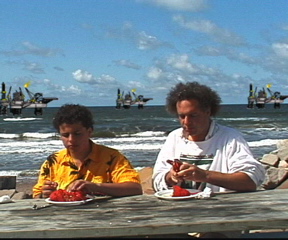
Neal Livingston has a distinguished career as an environmental activist and filmmaker on issues related to energy, forestry practices – against clear-cutting and forest spraying, wilderness preservation, against near shore oil and gas development – and for a green energy future.
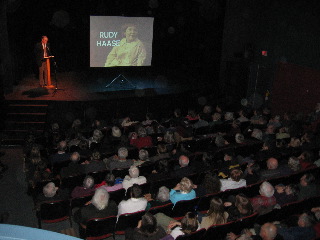
Successful volunteer advocacy on public policy issues often comes from taking a creative approach to the most difficult issues communities face.
That is why artists are often engaged in lead activist roles using creative approaches, to help bring about victories in environmental and social controversies, that seemed to be intractable to others, and seemingly impossible to challenge.
Livingston’s approach has been to work collectively, and often with a core group of people, on numerous issues for the last 4 decades. First by producing the first political documentaries on environmental issues made in Eastern Canada, BUDWORKS (1978) and HERBICIDE TRIALS (1984) to assist in the fight against clear cutting and the spraying of herbicides on forests. These battles where one’s led by Elizabeth May who is now the leader of the Green Party of Canada.
After making these documentaries Livingston then became directly involved as an activist and media strategist which helped numerous community victories take place on Cape Breton Island. During the 1990’s and into the first decade of this century these victories included the political scandal and the re-protection of the wilderness area Jim Campbell’s Barren, stopping herbicide spraying of forests, the creation of new wilderness areas, a reduction of Acadian forest hardwood clear cutting, and stopping oil and gas drilling in near shore areas of Cape Breton.
In recent years Livingston worked to bring alternatives to the Muskrat Falls development to national public attention, and played a lead role with others in stopping oil and gas drilling near homes and Lake Ainslie. This drilling was to be the first oil and gas activities in recent time on Cape Breton Island. Livingston has also been a key activist on issues regarding the new golf course at Inverness. The course reneged on re-opening a beach access which they will now have to put in, and over their use of herbicides, and disturbance to dune ecosystems.
These battles have included when necessary community supported court challenges against the Nova Scotia Government, where Livingston often took a lead role. On other issues Government listening to its activist citizens has taken action and been in effect a partner to bring protracted complex issues to a successful conclusion.
Often using ridicule as a powerful tool of activism, and often being ridiculed, Livingston working with his community, has helped to make Cape Breton Island, and Nova Scotia a better place to live and to visit, and Nova Scotia a better society.
Livingston’s ability to frame local issues for national audiences and media interest has been an important element in this remarkable ongoing series of activist successes.
Neal is the vice-chair of the Margaree Environmental Association under which most of his volunteer activism is based. He is the former chair of the National Conservation Committee of the Sierra Club of Canada. In May 2008 the Margaree Environmental Association (MEA) released "Conserving Biodiversity in the Mabou Highlands: Land-use planning as an approach to conservation" by Chris Miller, Ph.D. This report proposes a method for conserving biodiversity on a landscape level with the Mabou Highlands as a case study. See the link below for this study.
Link to the Report
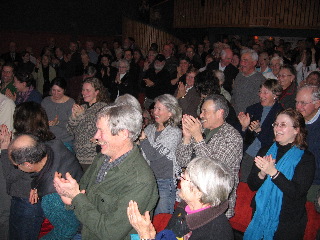
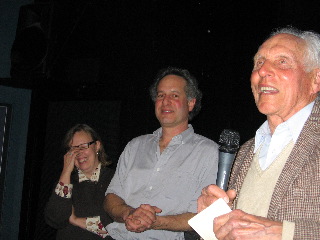
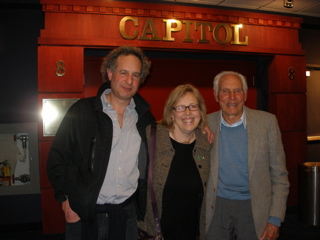
Neal Livingston with Elizabeth May and Rudy Haase

